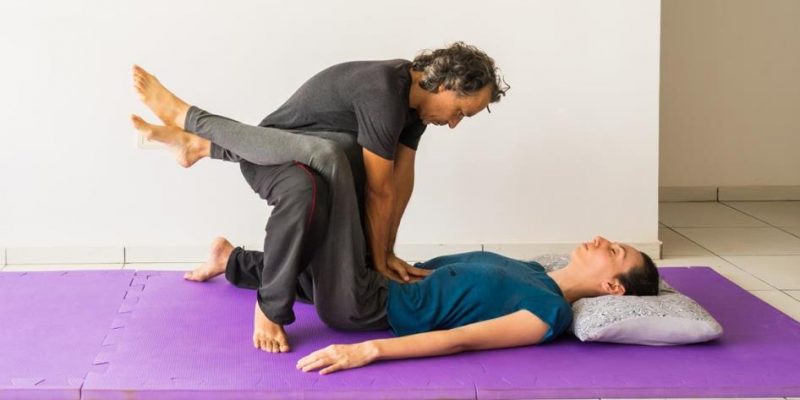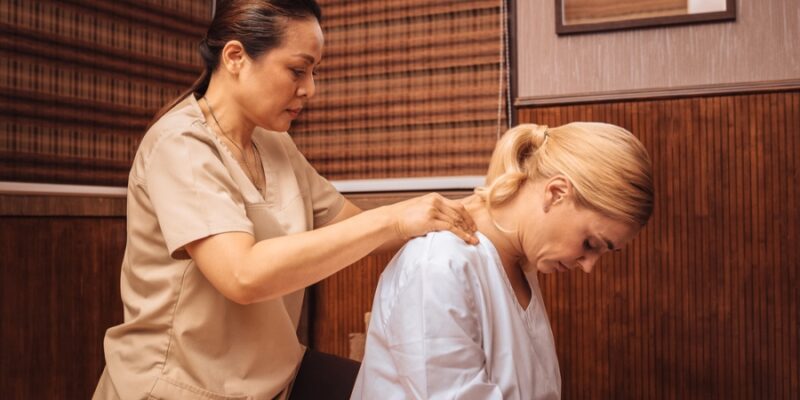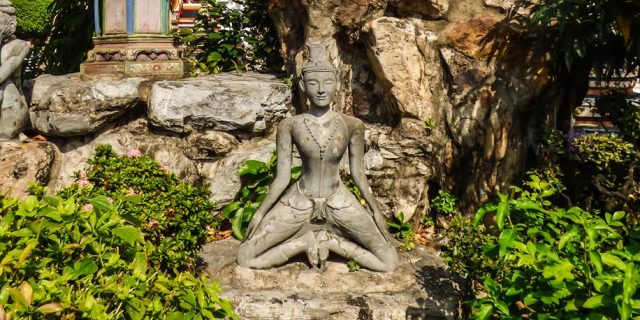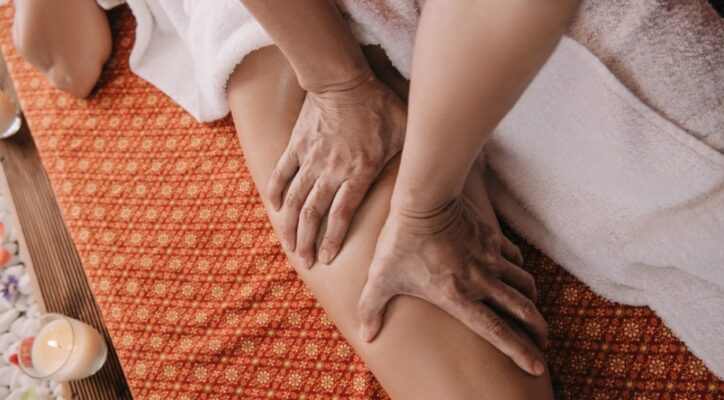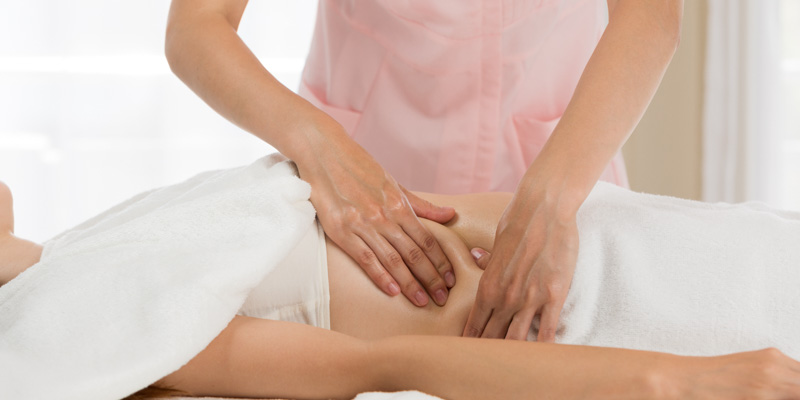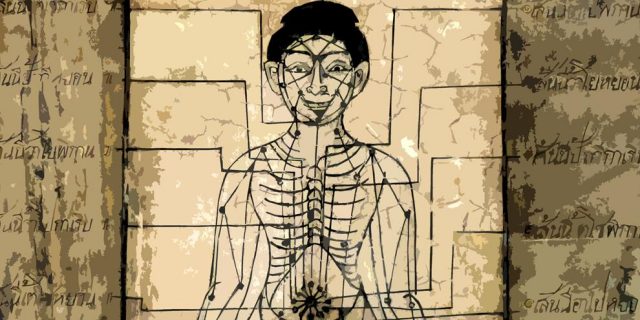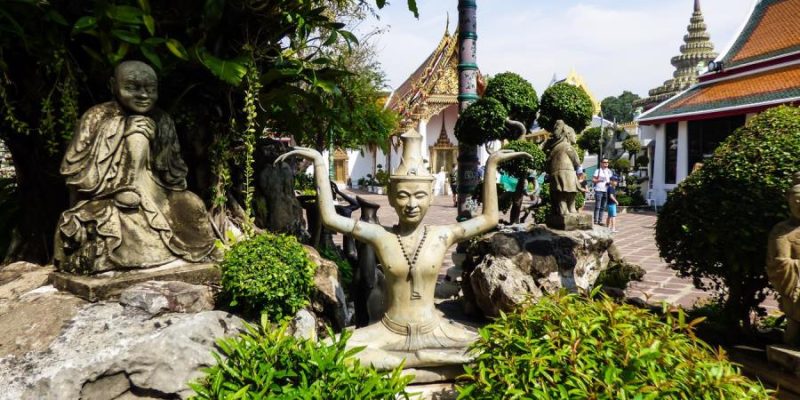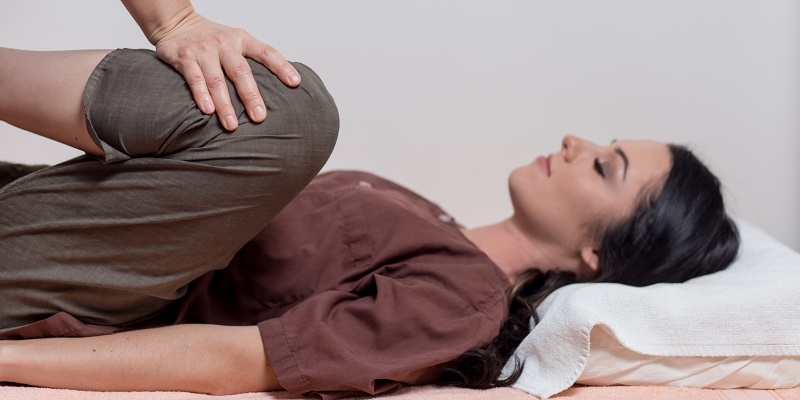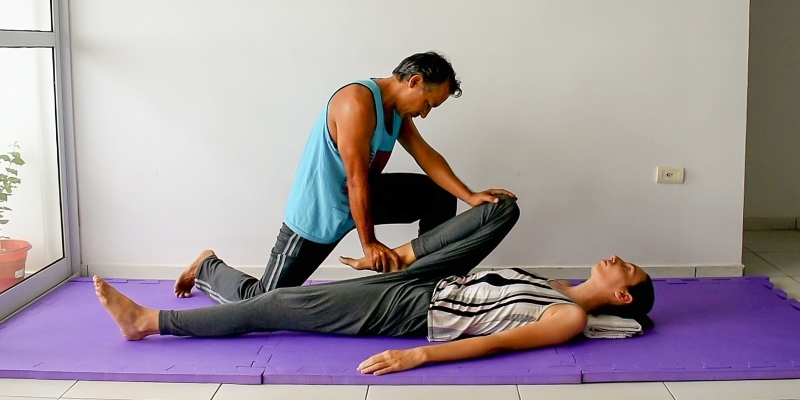
During a Thai Massage treatment session, massage therapists may need to deal with emotional and trauma release of the client. Depending on the type of session given, i.e. rather relaxation or therapeutic, and depending on the receptiveness or “openness” of the client, it’s more or less likely that emotional release or emotional outbursts will occur.
Of course, apart from spontaneous, unexpected release, it may be that we deliberately want to work on trauma release. The latter, surely, should always be with consent of the client.
In this post we take a look at how to recognize emotional issues and how we can work with them using Thai Massage. Note that the following is based on my personal experiences throughout the time of my work as a Thai Massage practitioner.
Recognizing Emotional Issues
Emotional tension in the body is often recognized as contractions or tension of muscles or other tissue, tissue knots, tangles, twists and “glued tissue” or adhesions. Often we will notice that the receiver’s body feels “closed” and “stiff.” This may be all over the body or may be only partially. For example: closed hips, a tight closed abdomen, closed heavy chest, and stiff, awkward or inflexible movement, etc.

However, we need to be aware that not all contractions, knots, tangles and so on are of an emotional origin. There might be just physical tension due to an accident, surgery, a particular stressful professional environment or period, a strenuous working posture or position, recent or intense physical exercise, sports, etc.
I think that we can get the best evidence of an emotional issue when we actually work with the person. I want to say that when we touch, stimulate, activate, unblock or untangle a certain area and the receiver reacts emotionally (often with physical reactions like crying, trembling, shaking, or retraction, and the like), we know that we have encountered some sort of emotional issue or blockage. Often this goes accompanied by heat-release (that is, old or stuck energy that flows away) and redness of the skin.
Although emotional blockages can be manifested virtually anywhere in the body, I have found that they tend to be reflected (or somatized) at very specific locations in the body:
- the feet and hands;
- the abdominal region;
- the hips, pelvic area and groin;
- the chest;
- the back (lower, lumbar and thoracic) and spine;
- the jaws;
- the neck and shoulders.
In relation to Thai Massage concepts, we can see that emotional issues tend to be somatized in all specific areas where the Thai Massage energy lines Sen Kalathari and Sen Sumana pass. Not for nothing, in Thailand, Sen Kalathari is called the emotional or psychic line. Sen Sumana is considered important also because it links the seven major Chakras (energy centers or energy transformers), which include and nurture all emotional functions.
Thai Massage Techniques for Emotional Release
Generally I apply the following techniques to provoke emotional release:
- sustained pressure or acupressure;
- lock-press-stretch techniques;
- nerve touch and flips;
- structural realignment e.g. applying so-called “cracks”;
- rhythmic flow and stretching.
Most of the time I would use my thumbs, palm of the hands, elbows and knees.
To help receivers to relax (their muscles) and endure pain when we apply pressure, we can ask them to breathe deeply in and out, that is, applying pressure when the receiver breaths out.

Working with pain is a special and important subject in Thai Massage. Therapeutic Thai Massage is considered tough bodywork. Working on blocked, tensed or contracted areas will most likely cause pain-in-the-moment. In Thailand, this kind of pain is called: good pain.
It is important to explain to receivers the function of experiencing pain in Thai Massage. They need also understand that the pain inflicted is only pain-in-the-moment and that it will fade away when we release pressure. No permanent damage will be done.
Pain in a particular area can release hormones, stimulate nervous connections (neurotransmitter release) and cause specific sensations in the body, which together can trigger traumatic past experiences coming into consciousness. Going-trough-the-pain can mean reliving memories with all the attached emotional experiences accompanied to it.
In my opinion “accepting physical pain” in order to unblock physical tensions or contractions means at the same time “accepting emotional and psychological pain” which is attached to it. It means “surrendering to what-is.”
My personal experience is that Thai Massage can help a client to break through psychological defenses and let him or her experience emotional release, profound relaxation, equilibrium, clearness, calm and serenity.







